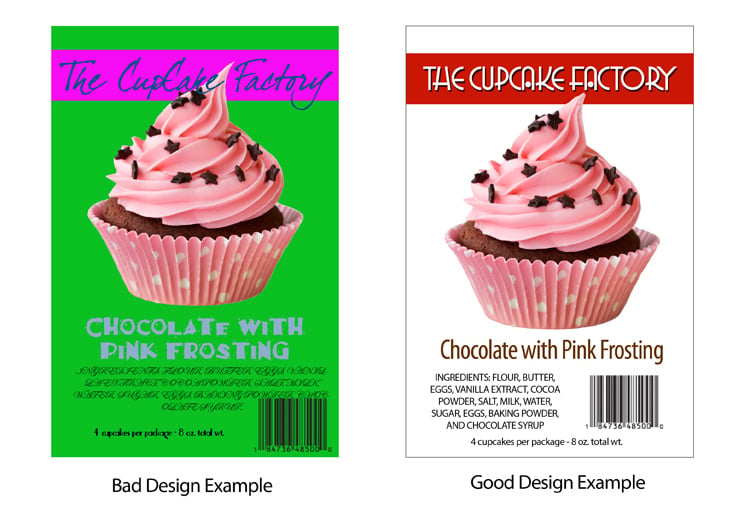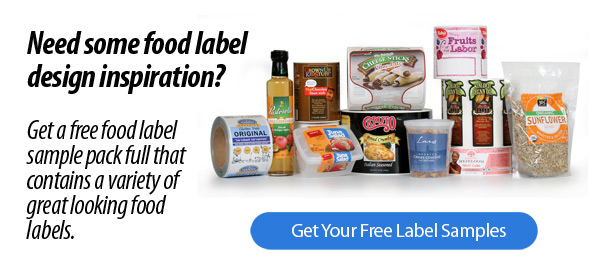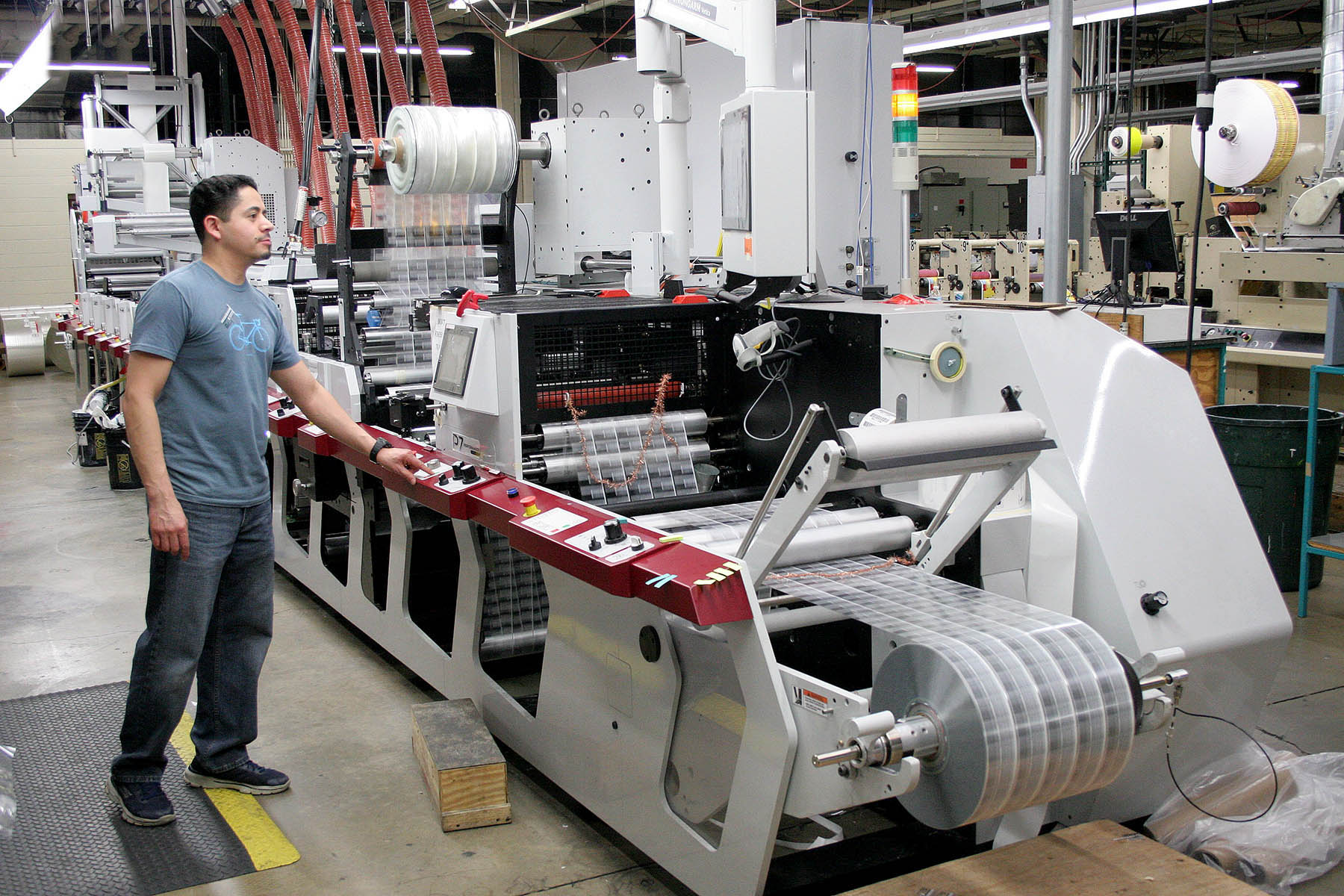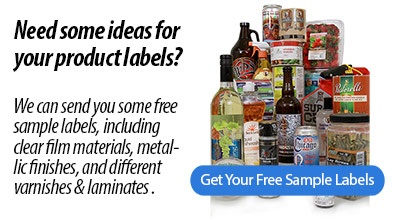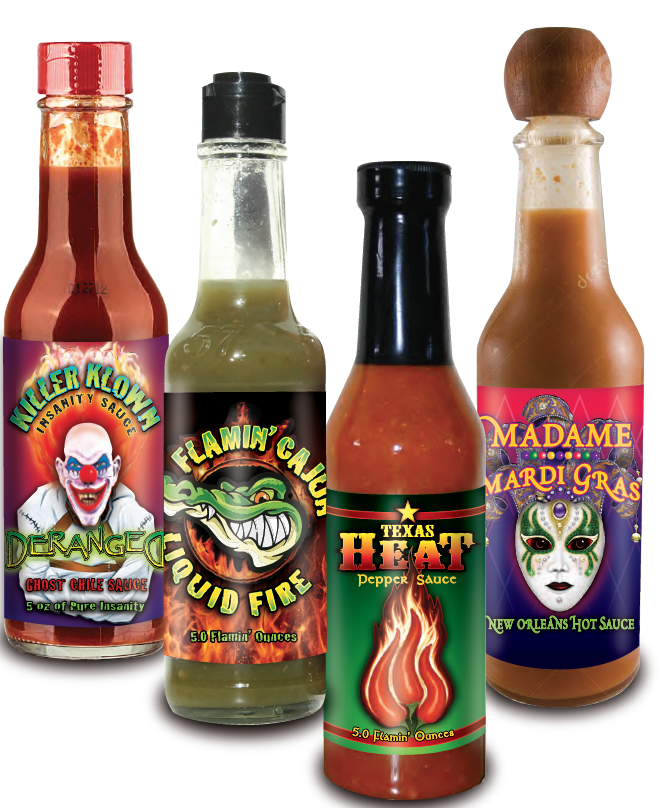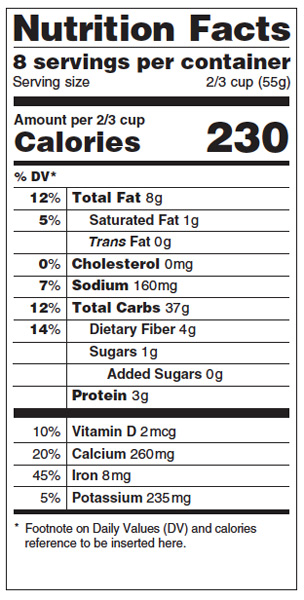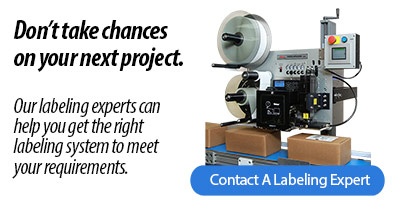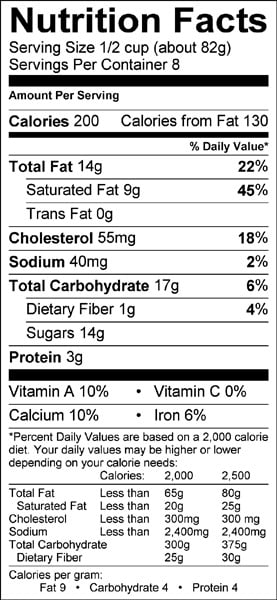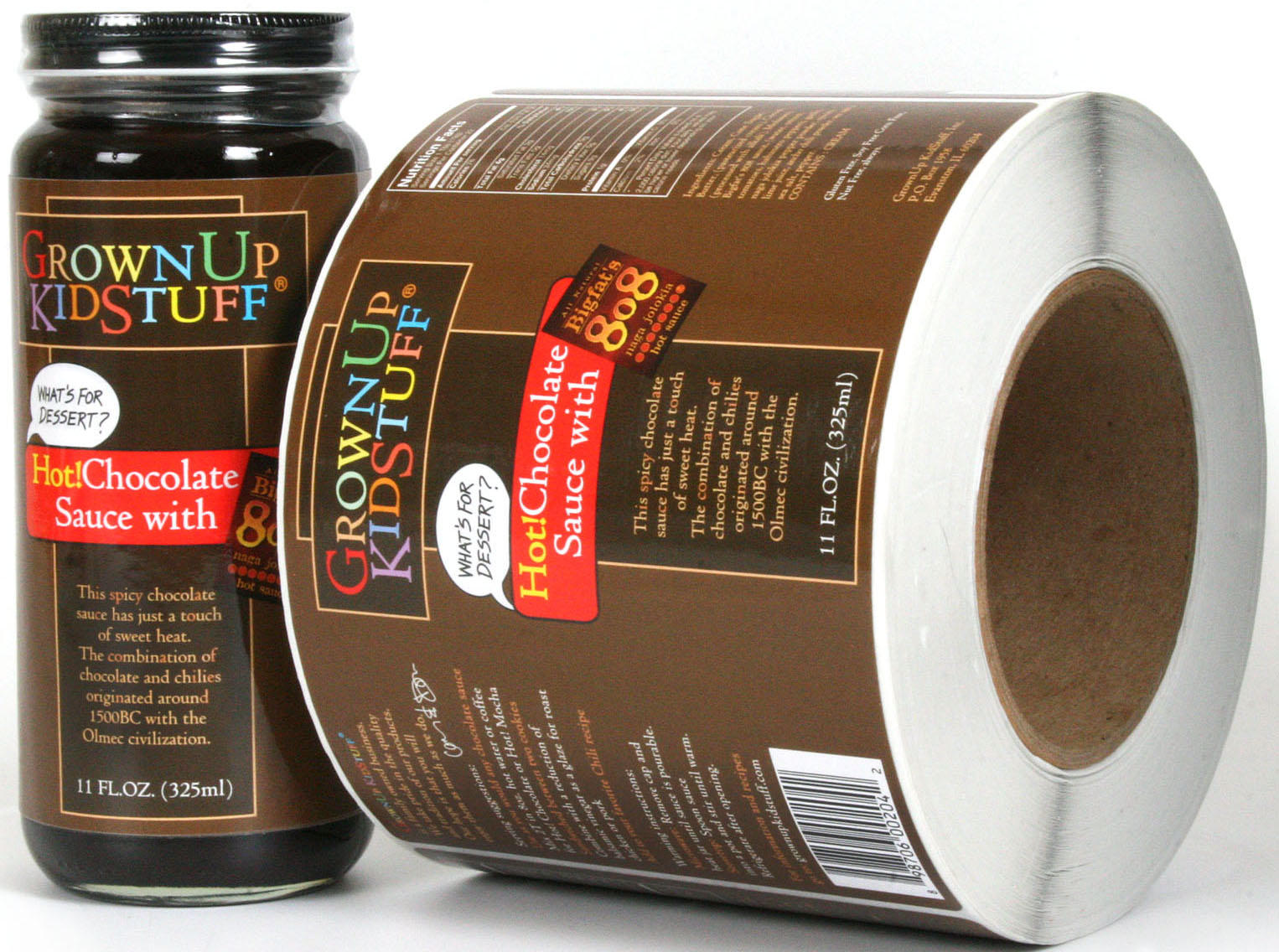When you create a label for one of your food products, say a delicious cupcake, you want the label to convey freshness, look appetizing, and give your customer all the information they need to complete the sale.
Your food label design is one of the main tools you have to communicate with your customers. This becomes even more important for brands without a large marketing budget and that are limited to small retail spaces or specialty shops. It's crucial that your label tells your story in an appealing way.
In this two part series, I will share with you some common food label design mistakes and how you can avoid them. To best illustrate this we have designed an example of a "before & after" label incorporating these mistakes and will share some tips for label improvement.
Part I: The Importance of Good Font Choices
Too Many Fonts
No matter which software program you use to design your label, it probably comes with a huge library of fonts. There are so many fonts to choose from when designing your label that it gets tempting to use all your favorites.
But remember, you are trying to communicate important information to a wide range of customers from small children to seniors with vision challenges. So keep it simple. If you use too many different fonts, the label will be harder to read and the design will appear confusing. The first label above uses four different type faces which makes the design seem disconnected.
We suggest sticking to one or two fonts for smaller food labels and keep the style changes to a minimum.
Brand Name Type Size is Too Big or Too Small
Find the balance between the size of your brand name text, the product info and other copy on the label. You don't want your brand name to get lost in the label but you also don't want people to miss out on the important details of your product.
Keep your brand name more prominent and above the other information. Second in size should be the product name, the the other information.
Font is Hard to Read
Since you only have a few seconds to catch a shopper's attention, you need your product's name and message to be spotted first. Choose clean fonts that are clear and easy to read both from a distance or up close.
Decorative fonts are usually used to convey a feeling or style. Some are formal, some playful, some serious and business-like. Using two or more decorative fonts together can end up sending a mixed message that often clashes. Pick fonts that go well with your logo font. San serif fonts are usually easier to read at small sizes like for your ingredients list.
When you are designing a label, try coming up with a couple of different versions to test on co-workers to see their reactions. A little test marketing of your label design and font selection can help make your product perform better in the store.
In addition to these being good design practices, they can also be regulated by the FDA. Read about General Food Labeling Guidelines by the FDA here.

